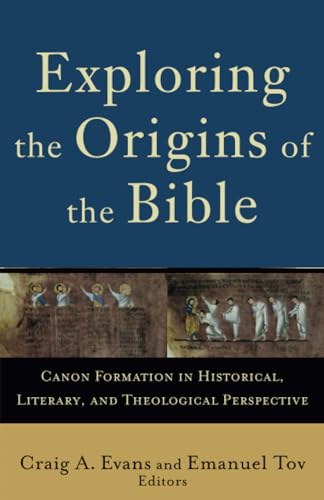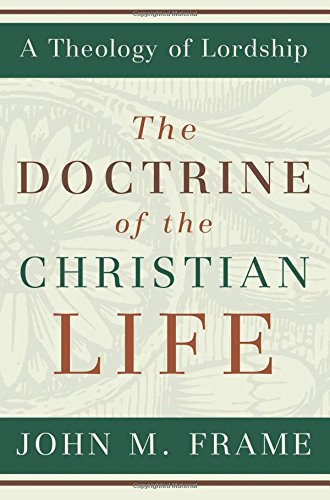It is not surprising that Tomlin’s work on evangelism has been reprinted on numerous occasions and is now in its third edition. It is not groundbreaking in the sense that it contains the secret to evangelism in the postmodern world or that it has particularly new and innovative strategies for today’s church. In fact, most of what this book offers is very old, yet it could not be more relevant.
The thesis of the book is that evangelism is best understood not as an apologetic method, a programme, a series of campaigns, or even regular, verbal discourse by the average Christian to the average non-Christian. Tomlin acknowledges that in a very real sense evangelism entails all of these events, yet the heart of it is the hermeneutic of a community living under the lordship of Christ. This, Tomlin emphasises, is the thrust of the Scripture, since most of the NT discussion of kingdom-living does not include detailed instructions or examples of ‘evangelistic outreach’ (as we have come to know it in the Billy Graham-generation), but rather teaching on what kingdom-living is like and how that is designed to draw those from outside the church. The church is first and foremost to be the church, and evangelism lives and breathes as a result of that. It is not a programme that helps the church follow some specific commands, but it is the natural outworking of a healthy organism living under the lordship of Christ.
This highlights the most compelling feature of the book, which is how Tomlin grounds his conclusions on evangelism and his recommendations for the church in theology, and by doing so avoids two popular, often unhelpful, options. On the one hand there is the time-honoured approach of discerning the cultural mindset and confronting it with the aspects of Christian faith with which it will resonate. Tomlin does not dismiss this, as there is biblical evidence to suggest a time and place for it (e.g., Acts 17). On the other hand there is classic proof-texting that looks to the Bible for commands to evangelise, then builds ecclesiastical practices and even structures on ideas that may not be as grand as they are often portrayed to be. Tomlin’s approach is to take the big theological categories of kingdom, Christology, and conversion to develop a theology of evangelism that combines practical applications of it. On the whole I found this persuasive and enriching. Rarely does one read an accessible text on mission or evangelism and walk away having a lesson both in biblical exegesis and theologising.
In expositing the theological category of conversion, however, it becomes evident that Tomlin has taken several concepts and adjusted their meanings. His goal in this particular section (pp. 87–101) is to demonstrate that conversion is not only a ‘moment in time,’ but also the lifelong growth of being translated from the kingdom of darkness into the kingdom of light. This being the case we would expect the church to engage all people with a view toward complete conversion. In other words, it is not just a matter of ‘getting people in the club,’ but rather an issue of a lifetime of teaching and discipling in order to be transformed into the likeness of Christ. Fair enough. However, Tomlin, it seems to me, has replaced justification with regeneration, sanctification with transformation, and salvation with conversion. It could be argued the last two are synonymous, as it could for sanctification and transformation. However, I would contend that regeneration and justification are different acts in God’s salvation and should be more sharply distinguished. Had he retained these more commonly used concepts the result of his argument would have remained the same, yet for some reason he opts for a different set of images and in doing so stretches their meaning a bit. It could be that Tomlin thought justification and sanctification carried too much theological baggage and thought these other biblical concepts made the point more clearly or in a fresh way. Again, I do not object to his overall point (indeed, I support it), but one must take note of this terminological departure.
I commend the book to the reader. It includes a study guide at the end that contains questions for further biblical study and others for corporate reflection on practice. It is a valuable asset for the church—one that should certainly have a wide reach.
Jason M. Curtis
Rutherford House
Edinburgh, Scotland, UK
Other Articles in this Issue
We begin with a question of translation. Many translations place a period after the word “conviction” in 1 Thess 1:5: “in power and in the Holy Spirit and with full conviction...
The Inexhaustible Fountain of All Good Things: Union with Christ in Calvin on Ephesians
by Lee GatissJuly 10, 2009 was the 500th birthday of the acclaimed French Reformer John Calvin...
The name of Martin Luther is perpetually linked to the doctrine of justification by faith alone...
Of the many questions currently surrounding the discussion about justification, the relationship between justification and spiritual fruit merits attention...
Every year a few students ask me my thoughts about whether they should pursue doctoral studies and I respond with what has come to be known as ‘The Speech...







